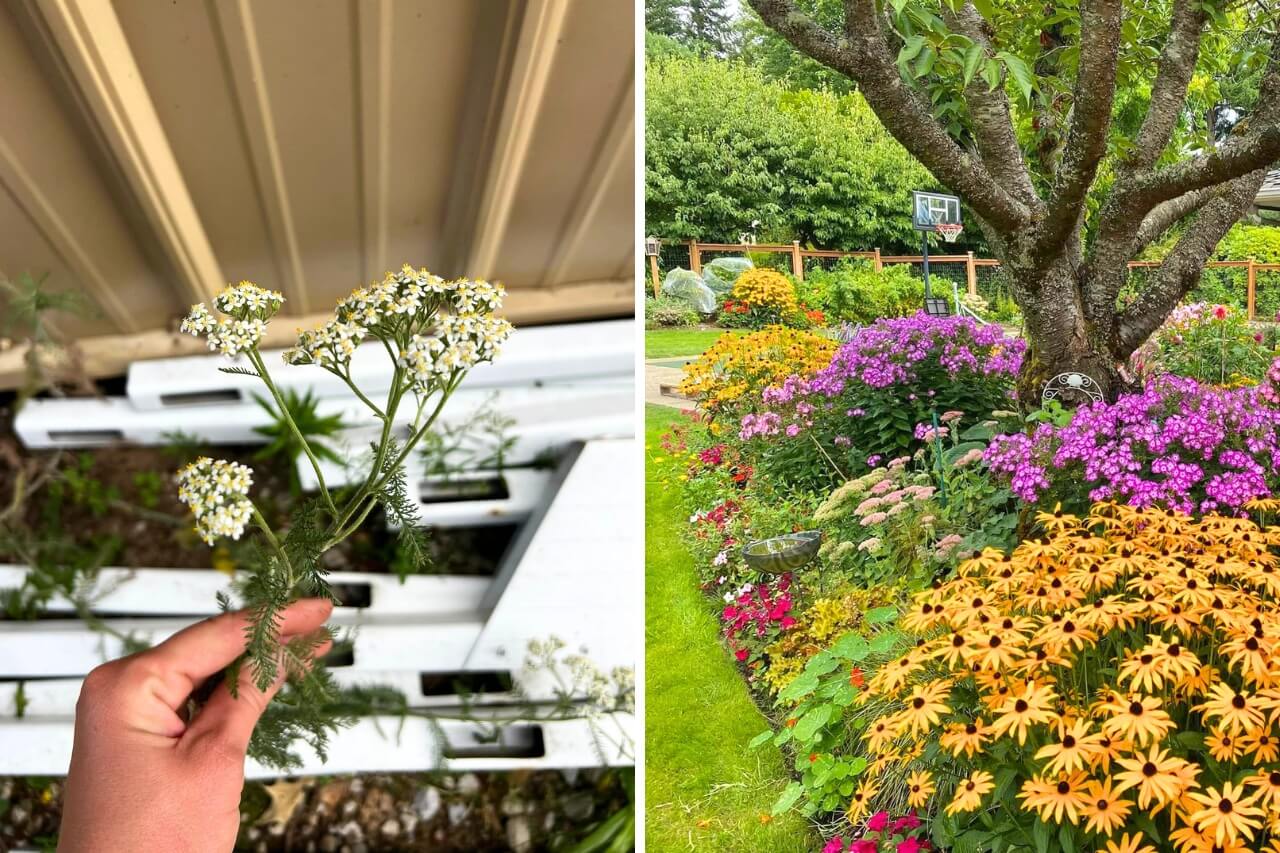Beginner gardeners don’t know that perennial flowering plants can act like living mulch, filling in bare soil so weeds have little room to sprout.
I have been using this technique for several years, and it has definitely reduced my herbicide use and weeding chores.
Many of these plants also bring bonus benefits: beautiful blooms for you and nectar-rich flowers for bees, butterflies, and other pollinators.
I’ve made a list with my favorite proven perennials (a blend of native species and non-invasive exotics) that are easy-care and great at suppressing weeds in a typical garden.
Blanket Flower (Gaillardia)
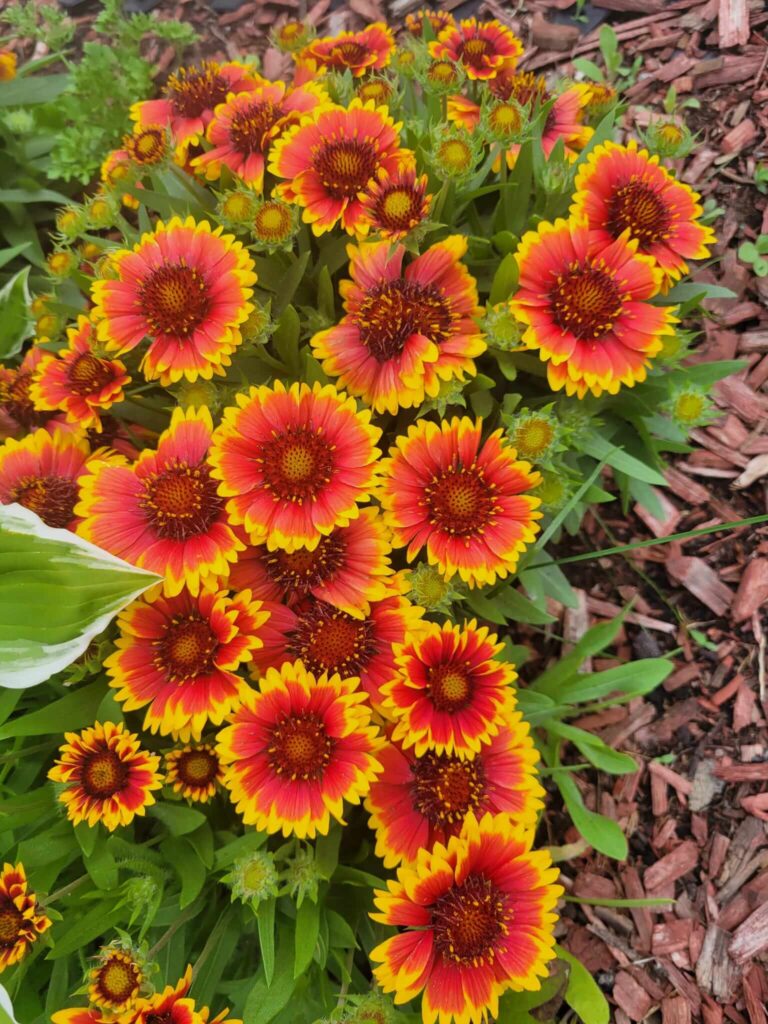
Blanket Flower grows in dense clumps 1 to 2 feet tall, and when planted about 12 to 18 inches apart, they quickly fill the space.
Their thick foliage shades the soil beneath, crowding out smaller weeds, and over time, the clumps can spread modestly to seal bare spots.
Remember that Blanket Flower loves full sun and, once established, it thrives in heat and drought with almost no care. It even tolerates tough conditions where other plants struggle.
Purple Coneflower (Echinacea)
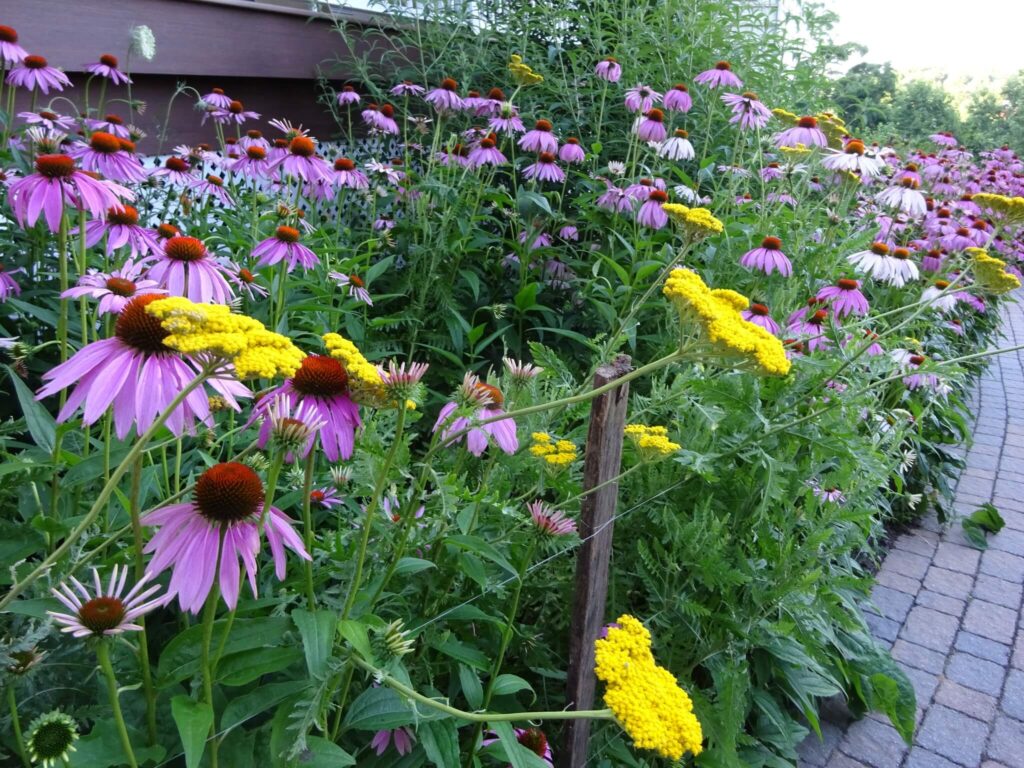
Purple Coneflower, also known as Echinacea, is another good alternative. It’s part of the daisy family and it’s famous for its large purple flowers.
It forms sturdy clumps that are 2 to 4 feet tall, and once established, the wide leaves and many stems shade the ground around the base, making it hard for weeds to get started.
A positive thing is that Echinacea tolerates dry conditions and can also handle partial shade, even though it produces the best blooms in full sun.
Catmint (Nepeta)
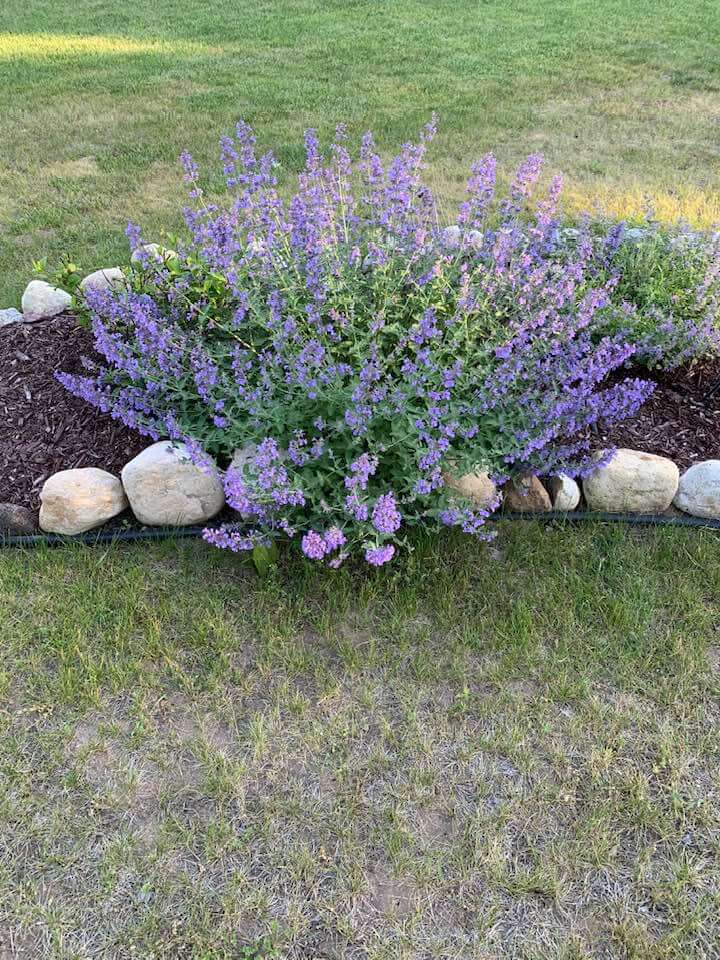
Catmint plants are easy to grow and offer pretty purple flowers that bloom for a long time. This perennial is definitely a good choice for low-maintenance areas.
It forms a low mound of gray-green foliage, and as it spreads, it covers the ground and suppresses many weeds. This plant’s vigorous habit makes it good also for edging paths or forming a soft carpet under taller plants.
As you can see from the picture above, it produces spikes of lavender-blue (sometimes pink or white) tubular flowers from late spring into fall, and it even repels rabbits and deer.
I’m not a fan of its smell, so I wouldn’t put it near a porch or in a seating area.
Bee Balm (Monarda)
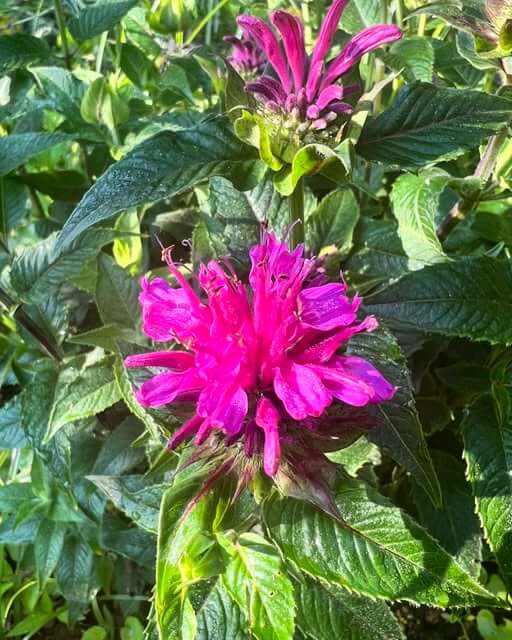
Another good plant to naturally crowd out weeds is the Bee Balm.
It usually spreads by short rhizomes and seeds, filling gaps in the garden bed. A mature stand forms a thick patch of foliage 2 to 3 feet across, which helps choke out many weeds.
PRO TIP: Remember to deadhead spent flowers each fall to keep them from self-seeding too much.
A thing that I personally love about this plant is that bees, butterflies, and hummingbirds flock to bee balm’s nectar. You will literally see your garden come to life!
Yarrow (Achillea millefolium)
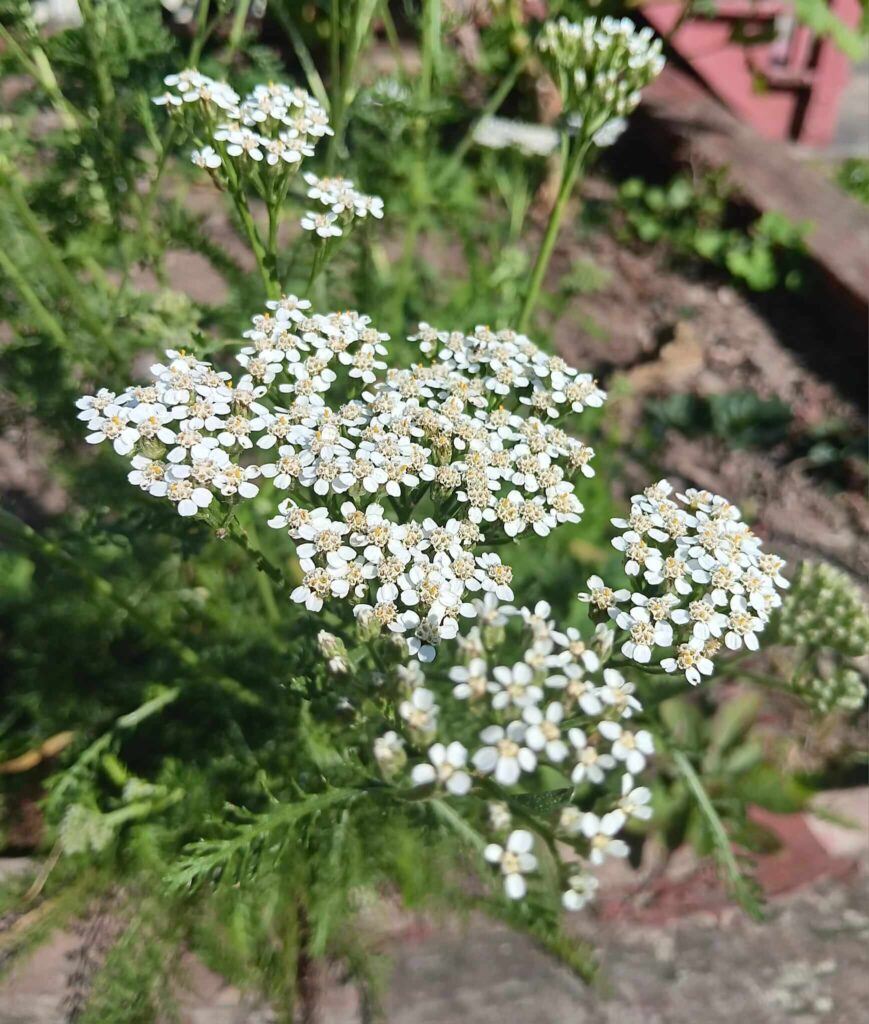
Yarrow grows in sturdy clumps of about 3 feet and is characterized by finely divided, fern-like foliage.
It’s like its thick, overlapping leaves form a carpet that shades the soil.
Yarrow tolerates heat, poor soil, and drought exceptionally well (overly rich soil can make it flop) and once established, it needs very little water.
Bears flat clusters of white (or pink) flowers from early summer into fall, and they are famous for attracting pollinators.
Coreopsis (Tickseed)
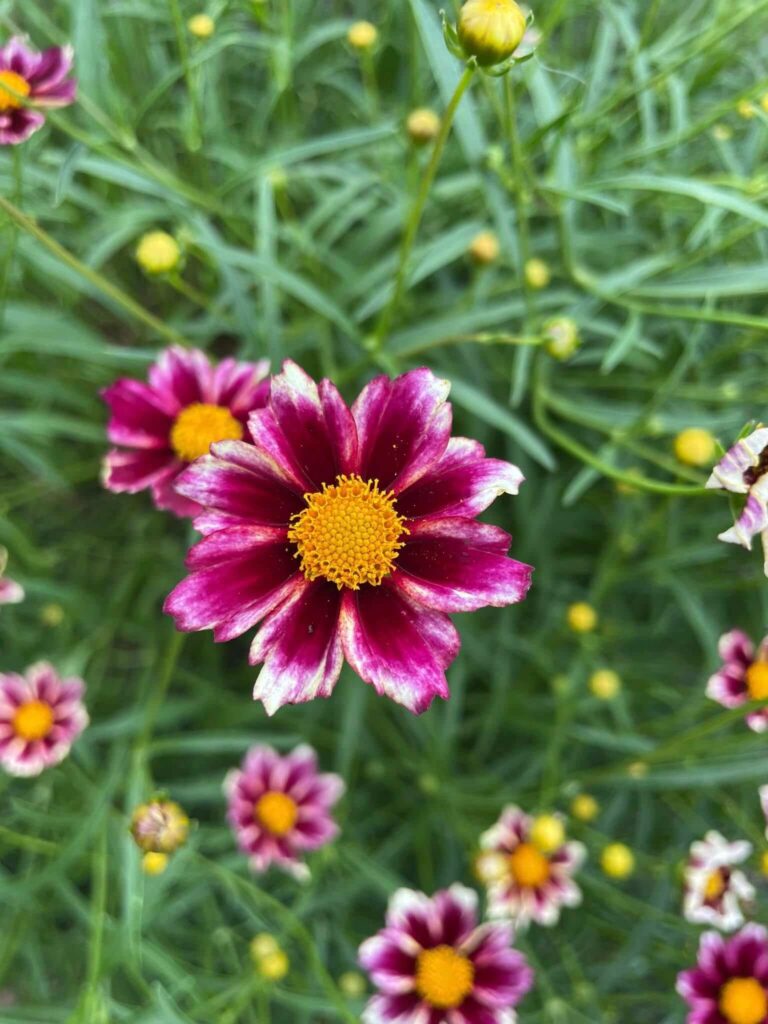
Coreopsis forms rounded clumps, but it’s not considered a solid groundcover. However, if you like it and plant it densely (like 12 inches apart), it will cover the ground and leave less room for weeds.
Also, remember that it works best when well-established side by side with other plants because it’s quite short and spreads only modestly.
Coreopsis is very heat and drought-tolerant once settled. I like it and have a few plants in my garden because it’s also virtually carefree. It rarely needs dividing or fertilizer, and it will reliably bloom and self-sow in the garden.
Creeping Phlox (Phlox subulata)
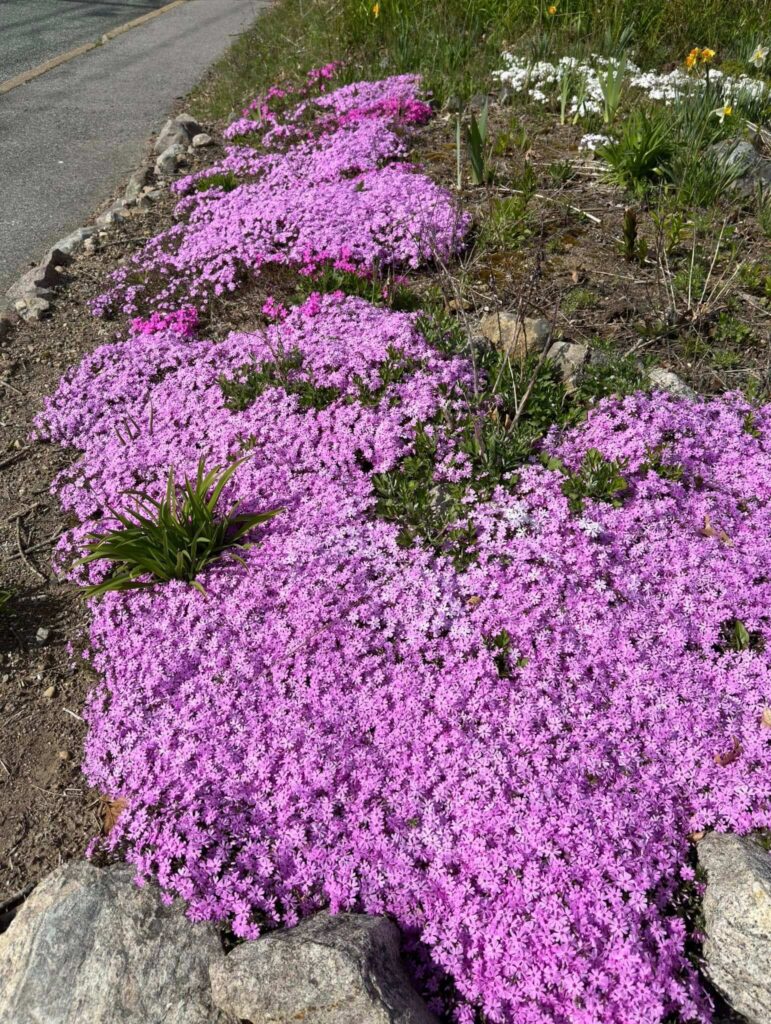
A classic spring-blooming groundcover is the Creeping Phlox. As you can see from the picture, it forms a dense mat of evergreen needle-like foliage up to 12 inches tall and 1.5 feet wide.
This carpet of leaves covers the soil year-round and keeps the ground covered, so weeds have a hard time getting started.
Another interesting thing (again, it’s shown in the picture) is that it tolerates rocky soils where many plants won’t grow. So it may be a good idea if your garden has rocky areas.
Lamb’s Ear (Stachys byzantina)
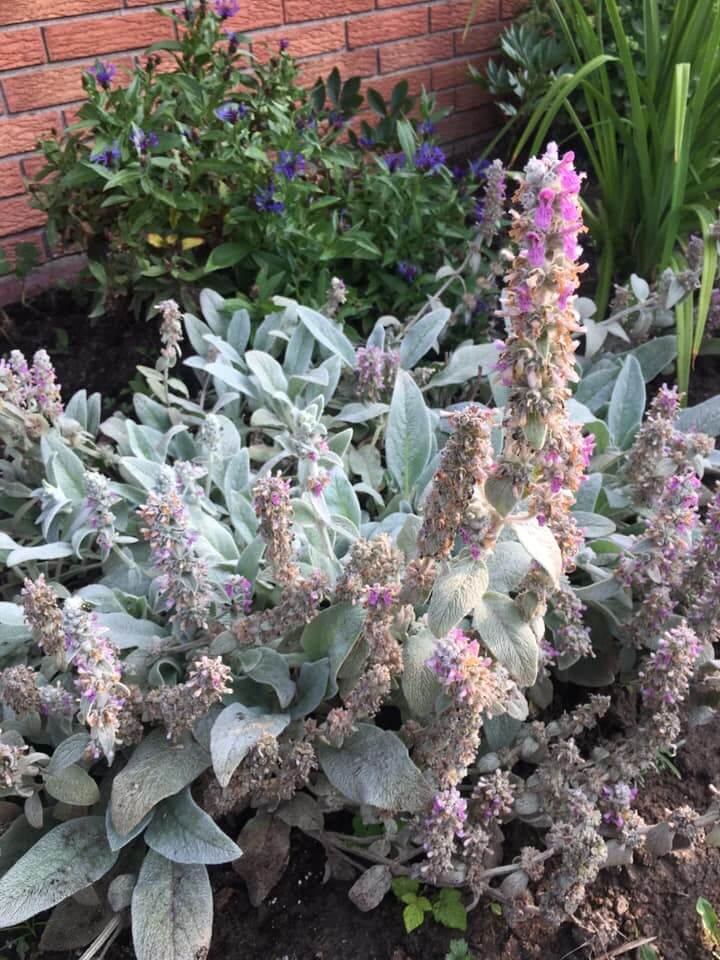
Lamb’s Ear is not my favorite because it’s not very colorful, but it’s perfect if you’re looking for a plant with grey shades (which is usually hard to find).
It forms a tight, woolly mound of leaves that overlap and create an effective living mulch, covering bare soil fully and preventing many weeds. It’s often used in rock gardens or borders exactly for this ground-cover effect.
In summer, it sends up purple-pink flower spikes that are quite ornamental, but it has to be said that they do not last long.
Stonecrop (Sedum)

Stonecrop forms a low, spreading mat of leaves that really take over a space and are easy to control.
The foliage is quite fleshy and creates a thick groundcover layer, especially in dry patches of gardens.
Most sedums (like Autumn Joy) need full sun for best color, but some varieties handle light shade. They also demand very little water, but again, drought actually brings out stronger colors (if soil dries out completely the leaves may go limp, but a good soak revives them.
A thing that i like about Sedum is that later varieties bloom in late summer and fall, providing nectar when few other plants do.
Creeping Thyme (Thymus serpyllum)

Creeping Thyme is perfect if you’re looking for a colorful mat-type plant. As you can see above, it really forms a very low, tight carpet just a few inches tall.
The tiny oval leaves cover the ground densely, which makes it an excellent living mulch. Compared to the other ones we’ve seen, Creeping Thyme has a rapid, creeping growth that chokes out also the smaller weeds.
Just keep in mind that overwatering or rich soil can make it floppy, so keep it lean. To avoid errors, have a look at the most common watering mistakes every gardener make.

